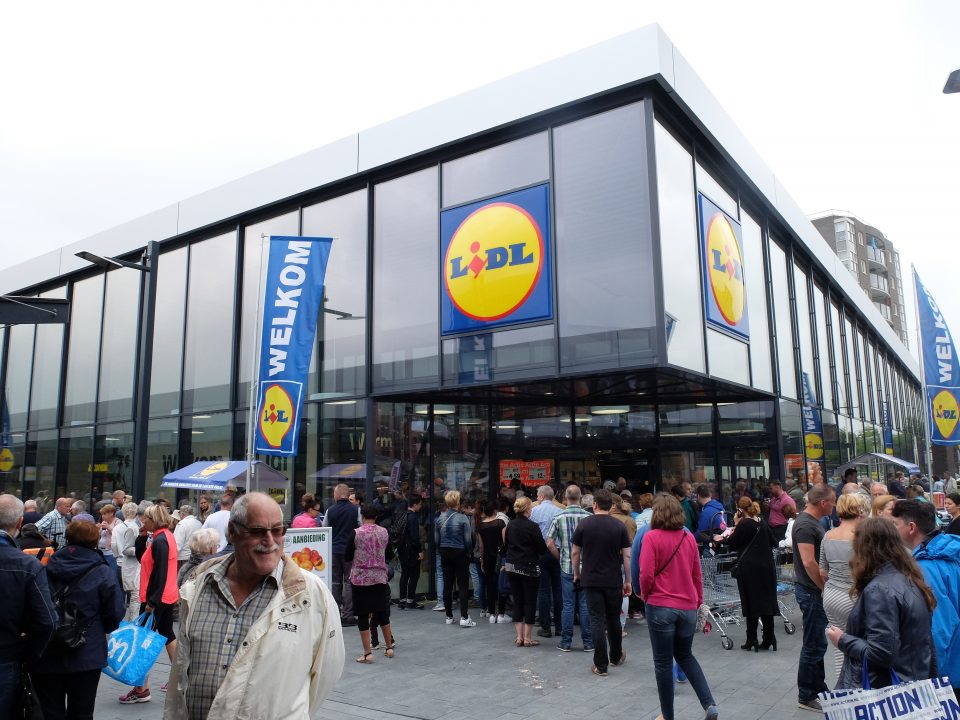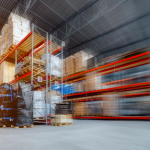2021 predictions for retail
Melissa Minkow, Retail Industry Lead at CI&T
2020 has been a year unlike any other. Burdened by many variations of lockdown, retailers have had to adapt quickly to deliver on such volatile customer demand. For brands traditionally bolstered by brick and mortar, e-commerce has been a vital lifeline to staying afloat.
2020’s hyper-fixated news cycle has fuelled several significant shifts in the consumer mindset – less trend-driven buying patterns, more cause-oriented purchases, and a welcoming embrace of omni-channel paths to purchase as seen by the surge in BOPIS (buy online, pick up in store). In addition to an uncertain vaccine timeline, we experienced an unpredictable US election and Brexit timeline that has a global impact. While we continue to wait longer for our online orders, for an end to the need for quarantining, and for the beginning of a more stable political environment, we are practising greater patience and acceptance in the face of many unknowns. Simply put, people are adjusting to a variety of new normals.
But what does this mean for retailers, and how will the landscape evolve as we move into 2021? Here are my key predictions for the year ahead.
A giant leap for sustainability
We’re already seeing retailers invest in reducing their carbon footprint, and this will continue into 2021. The pandemic’s imposed challenge to storefronts and occasion-driving fast fashion can be added to the list of reasons retailers will re-evaluate the sustainability of their supply chains and distribution models. But to maintain competitive profit margins while focusing on sustainability, brands must be exceedingly innovative, approaching reductions on environmental impact from all angles. Though many large brands’ strategies are aimed at becoming more sustainable, few have outlined the tactics they’ll be employing along the way. Technology-empowered solutions such as supply chain traceability, logistics optimisation, and more energy-efficient data centres are just a few examples of untapped opportunities for many retailers.
The beginning of the end for fast-fashion
How many times have we ordered an outfit for an event, and worn it once? Items have either stayed trendy for a matter of mere weeks, or we’ve struggled to repeat-wear after a few pictures on social media have circulated. Now that impromptu in-person get-togethers are so few and far between, and special occasions are being celebrated via Zoom, there’s very little need for fashion to be fast.
This lack of urgency, combined with the piqued commitment to sustainability, and a recession-induced spending conservatism, is leading consumers to rethink their relationship with retail in the long-term. Lockdown left many people undertaking mass sort outs of wardrobes, tapping into the ‘Marie Kondo’ mindset, causing us to reassess what we really need and why. In 2021, we’ll see this continued shift towards more careful purchase planning, with buying patterns increasingly reflecting growing consumer interest in more versatile, quality goods. We’re already seeing retailers such as H&M reposition themselves away from the fast fashion association. We expect many more will follow in their footsteps, restructuring in reaction to this pivotal moment.
Upping the experiential ante
This year, Click and Collect finally got its shining moment. The hybrid online-offline option wasn’t nearly as embraced by retailers or consumers prior to this year. But now there’s a pressing need for it.
In 2021, we’ll see Click and Collect pushed to new heights as retailers look to hold these shoppers’ attention in exciting ways. In-store and curb side order retrieval are working particularly well in the US right now. As a result, we expect to see retailers everywhere develop more experiential moments for these hybrid consumers and for purely e-commerce customers to ensure the path to purchase isn’t solely transactional. Virtual platforms will drive engagement by incorporating more interactive content: think gamification and livestreams. On the physical side, parking lots can take a page out of drive-in cinemas’ recent successes by reinventing window shopping, and safe, in-store, limited access events could create upselling opportunities.
A second chance at over-delivering
The pandemic, the election, and Brexit taught consumers a lesson in delaying gratification. Across the globe, we’ve been forced to be patient as we await(ed) results of an ever-changing vaccine timeline, the outcome of long-drawn-out US election and UK Brexit processes, and the delivery of our much-anticipated purchases. We’ve experienced more pre-ordering, queuing, and early voting this year than ever before.
2021 will be about seizing this cultural moment. While shoppers are giving retailers a bit more grace, brands that are able to serve in a quality, yet expedited manner, will be rewarded for exceeding consumers’ recalibrated expectations. From receiving a package on the same day as it was ordered, to returns being picked up from your home address without having to jump through re-packaging hoops, the real winners of the year ahead will be the ones who can promise a frictionless end-to-end shopping experience. We can expect retailers to get extra creative with their delivery methods, along with a doubling down on support functions such as digital assistants and machine learning to personalise customer service.



